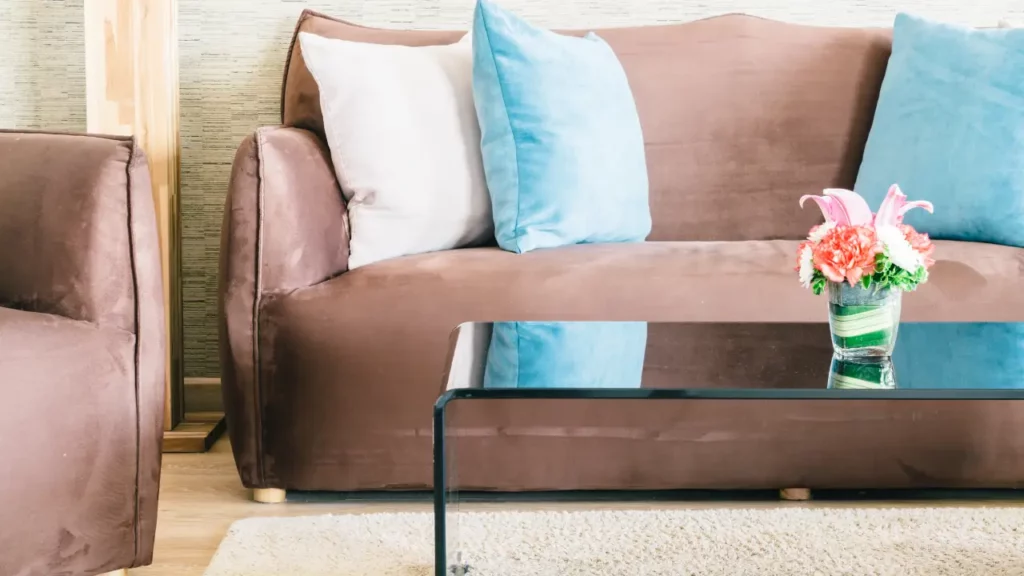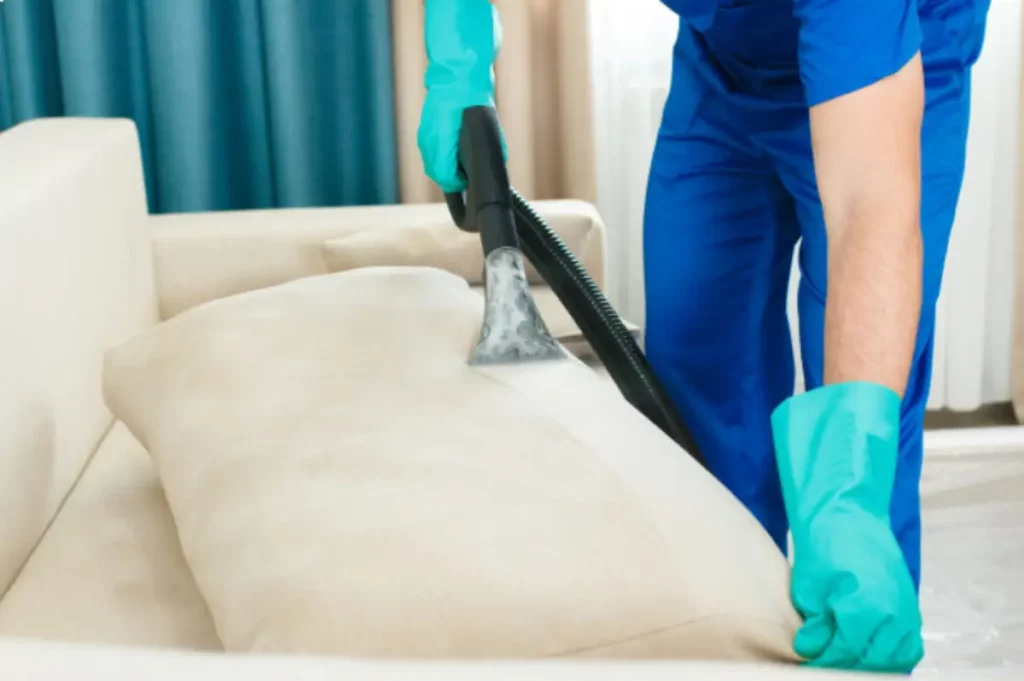Upholstered furniture is among our biggest investments as homeowners. You might have a favourite couch, or a high-end and vintage upholstery you inherited from great-great-grandma. We might as well embrace our responsibility to maintain the materials so that they last a long time to come. Going extensive lengths and making sure that each furniture is spotless shows how much one values it. This is why upholstery cleaning, particularly couch cleaning, is important.
You should not rely on your regular “all-purpose” cleaners or the same cleaning methods regardless of the material. Make sure to read the manufacturer’s guidelines carefully before you scrub down, and avoid these common mistakes.
How to Interpret the Cleaning Codes for Couch Cleaning?
Don’t ignore the owner’s manual! Always read the labels on your upholstered items. This information is often found in a care pamphlet included with the product. It may also be printed on a tag attached to the seam. It should tell you the material it’s made from and how to properly clean it.

Here are some common codes found on labels:
WS: Use a mild detergent with a steam vacuum or a dry-cleaning detergent
S: Use a dry cleaner detergent only.
X: Use a vacuum only. No water.
W: You can use water to clean it.
Don’t Scrub – Start by Blotting Liquid Spills
To quickly absorb spills and moisture, use an absorbent cloth during couch cleaning first to blot them.
The stain will be less likely to “rub in” and it will help collect various liquids that are soaking into foam layers under the upholstery. Absorbing more liquid with blotting reduces internal damage to your furniture.
Try to Steam Clean Tough Stains
While you might anticipate having to live with dirty armrests or dried spills for the rest of a seat’s life, steam cleaning is relatively effective at lifting embedded dirt from the fabric.
You’ll probably find your steam mop for floors is an appropriate tool during upholstery cleaning – especially if it has a detailed cleaning attachment. Always use a low-heat setting, and always test in an inconspicuous spot so you don’t damage the fabric unexpectedly.
Do not steam clean upholstery made of – or containing – silk.
Don’t clean microfiber surfaces with plain water
Microfiber upholstery can become watermarked and soiled after exposure to water. Microfiber is better cleaned with rubbing alcohol. Spray it on and lift themicrofibre stain with a dry, clean cloth as it loosens.
Choose the Right Vacuum Attachment
There is the actual purpose of using the vacuum attachments included with your high-end product.
For example, the airflow attachment, which appears as a small version of your vacuum and which operates the spinning brushes by creating airflow, creates airflow when used. It brushes the surface while extracting dust and debris, and it is gentler than actual vacuums. It is also smaller, which makes it easier to get into small crevices.
The upholstery brush attachment with softer bristles is the one that looks more like a lint brush and lifts dust and helps to reduce pilling during upholstery cleaning.
Be Careful When Applying Fabric Protectors
UV- and stain-repellent sprays can enhance upholstery’s appearance and make messes easier to clean, but over-application can have a negative effect.
Too much chemical saturation can damage the materials and cause stains and excessive scrubbing. It can also irritate sensitive skin or pets who sleep and play on the upholstered surface.

Avoid Fabric Softeners
Don’t confuse leather conditioners with softeners – you should instead condition your leather upholstery. We are advising against using fabric softener on upholstered furniture during couch cleaning or upholstery cleaning, in general. Use “non-scented” detergents and opt to line dry or flat dry upholstery, rather than putting it through the dryer.
Remember to rotate the cushions.
By rotating the cushions, you can avoid the dreaded butt dent and extra wear to the fabric on most sat-on surfaces.
Bonus: How to Clean Upholstery
- Upholstery cleaning, particularly couch cleaning, could be a hard chore. If you have a water-based cleanser that works, you can do this with a few simple ingredients. A stain-removal spray can be used for any tough spots, just like when washing laundry.
Spray your stain remover and wait for about five minutes. - Mix the four parts of warm water with the one part of laundry detergent while you wait.
- Apply the cleaning solution with a rough sponge or soft bristle brush.
- Scrub along the direction of the fabric to lift dirt and stains.
- Wipe away any remaining dirt or suds using a damp, clean cloth.
- Removing remaining moisture with a wet/dry vacuum is an option, or your upholstery can be left to dry.
At times, we might be too scared to even clean expensive upholstery. What if we make a mistake and forever damage the furniture? In order to ensure that your upholstery is well-cleaned and you’re not risking any damage to it, hire upholstery cleaning professionals like Premium Clean. We make sure that all the necessary and precautionary steps are done before cleaning a valuable piece of furniture.
Watch our related YouTube video content :
Last Updated on February 2, 2024
